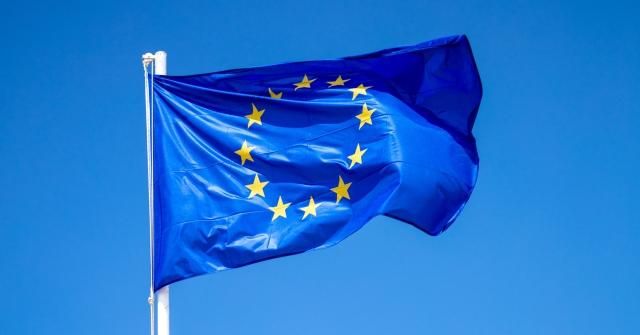For many, Europe has long been an attractive region in which to work. With economic powerhouses like Germany, France, and Italy each among the world’s top ten largest economies, attention from outside the European Union continues to grow. And for many, obtaining an EU Blue Card is the goal. The Blue Card is an EU work permit offered by 25 of the 28 Member States to highly-qualified non-EU nationals. Beyond offering socio-economic rights, the Blue Card offers a path towards permanent residence in Europe—but the path to obtaining a Blue Card can have different requirements depending on the applicant’s country of origin.
Applying In- and Outside the EU
The EU Blue Card was created to attract highly-qualified foreign workers to the EU and applies to each member nation except the UK, Denmark, and Ireland. Similarly, European Free Trade Association (EFTA) states Iceland, Liechtenstein, Norway, and Switzerland do not issue Blue Cards. Unlike some points-based systems, the Blue Card program is a merit-based system, meaning that it evaluates an applicant on whether or not they possess the relevant educational and professional experience. For those who wish to apply, they must:
- Be a non-EU citizen
- Meet certain educational requirements or possess professional work experience
- Have a work contract or job offer from an EU-member organization
Once obtained, Blue Card holders are granted:
- Equal working and salary conditions to those of nationals
- Free movement within the Schengen area
- Permanent residence
- Freedom of association
- Family reunification options
If an applicant is traveling to their target country to work, they should apply for a work permit first. However, if an applicant is employed by a company in a country that offers free entry as a tourist, they can enter their target country as a tourist and then schedule an appointment to apply for a Blue Card. If an applicant’s passport requires a visa upon entry, the applicant should wait for the work permit process to be initiated. Once this process has begun, applicants are then able to obtain a class D Schengen visa.
The Schengen visa is a short stay visa that allows its holder to travel within the Schengen area’s 26 member states without passing through border controls. This visa allows the holder to transit through or stay within the Schengen territory for 90 days in a 180-day period. The Schengen visa is required for nationals of certain countries, while other nationals may enter without a Schengen visa.
If an applicant is already inside an EU-member state, they can still apply for a Schengen visa. The applicant will first need to register with the local authorities within seven days of arrival. If the applicant has a place to live, a letter detailing the applicant’s rental agreement and duration of stay will be needed as well.
EU Single Permit Directive
Begun in 2011 and combining both the residence and work permits into a one permit, the Single Permit is a complementing directive to the Blue Card. The Single Permit allows non-EU citizens to both work and reside in the country of issuance. This directive allows applicants to apply at one authorized entity, rather than at separate entities for both work and resident permits. The Single Permit offers rights to non-EU workers who are legally residing in their host country but who have not yet received long-term residency status. Some of these rights include:
- Equal working conditions to those of EU citizens
- Education opportunities
- Tax benefits
- Social security
- Vocational training
Begin the Blue Card Application Process Early
As applicants must have a job lined up inside the EU to obtain a work permit, the application process can quickly become challenging. Applying early for a visa can help reduce some of the stress. This means that an applicant should handle all required paperwork prior to leaving their country of origin. There, the employer may be able to complete all of the applicant’s required paperwork. If this isn’t the case, the applicant’s respective immigration agency or home consulate can assist with the process.
With numerous forms and strict deadlines, applying for an EU Blue Card can easily become overwhelming. Our global immigration services assist you throughout the application process, including vital document collection and live assistance. Get in touch with Velocity Global today to learn more about how our immigration experts can help you with your EU work permit needs.
Topic:
Immigration + Relocation



